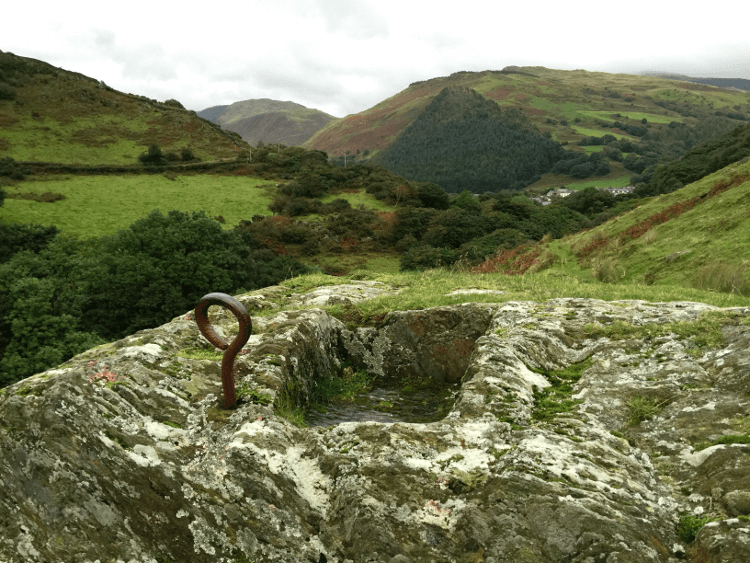Castell y Bere: A Very Special Place
Castell y Bere is a tranquil site, home to many family traditions. Join us on a wander into the ruins.
Castell y Bere: A Very Special Place
https://www.contours.co.uk/castell-y-bere
by Karen Simons
I am sure that everyone has a place that means something to them, has some special memories and just makes you feel better — at peace or happy.
My ‘go to’ must be Castell y Bere, a ruined Welsh castle in Mid Wales. It really is in the middle of nowhere and lies completely off the beaten track. You have to look for it to find it.
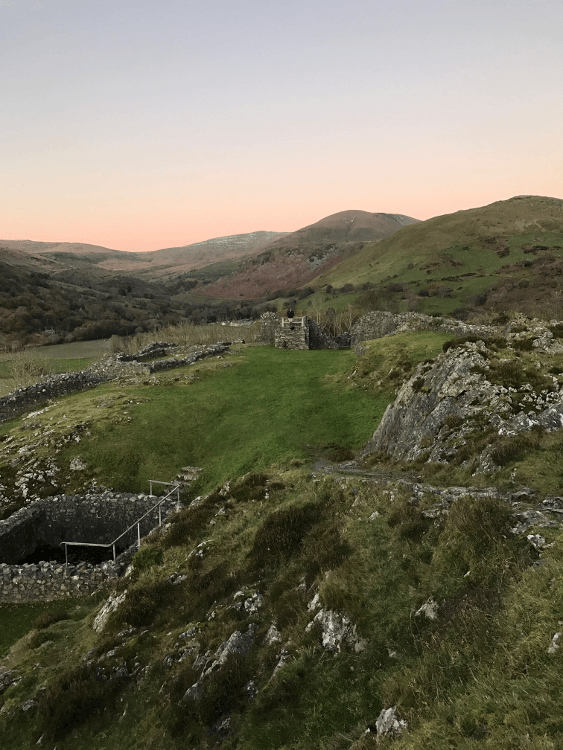
Of course, a castle in Wales is not a grand structure such as you would find in England. There was not the money or manpower in these remote areas to splash out on finery — the castles were made to serve a purpose and no more.
But just like with any new build today, back then the priority was Position, Position, Position, and when you stand surrounded by the mountains, green fields and absolute silence, you know why this spot was chosen.
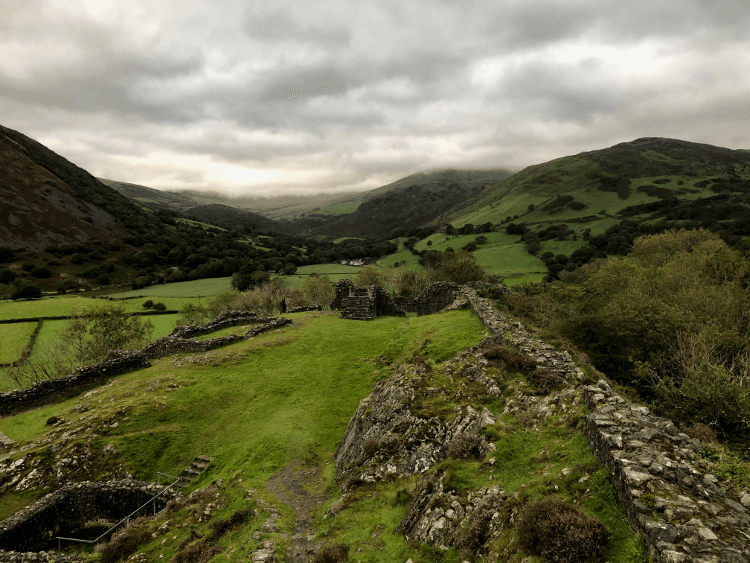
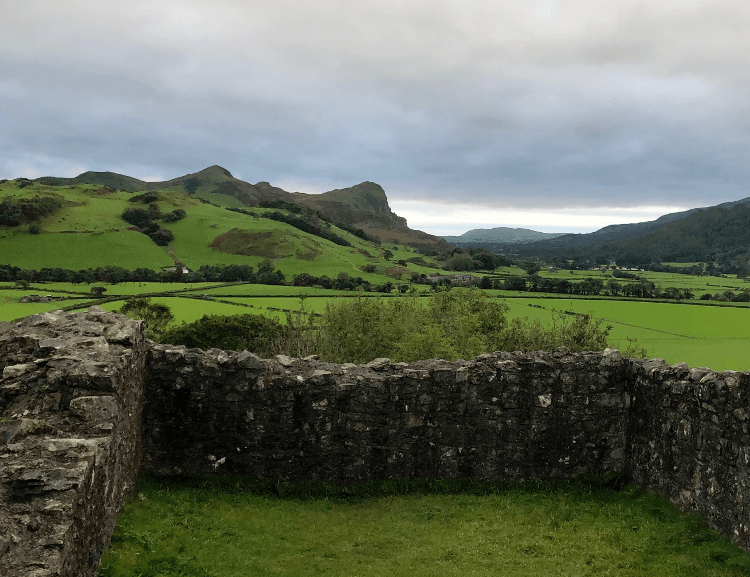
Castell y Bere was built in the early 13th century by Llewelyn the Great, the then-prince of Gwynedd, but it soon fell to the English. It has been neglected for over 600 years.
The castle is nestled under the slopes of Cader Idris to the north and the Bird Rock plateau on the south side leading down to the coast. The mountains of Cader Idris, or Chair of Idris, are truly spectacular, and my favourite time of day to climb to the North Tower is in the evening, when the sun is setting and the light casts wonderful shadows across the mountains.
Equally breath-taking is the isolated mound of Bird Rock silhouetted in the distance between the castle and the sea. This one-time iron age hill fort is now a site of special scientific interest and home to the many birds that gave the rock its name, including sea birds that still come inland to nest there.
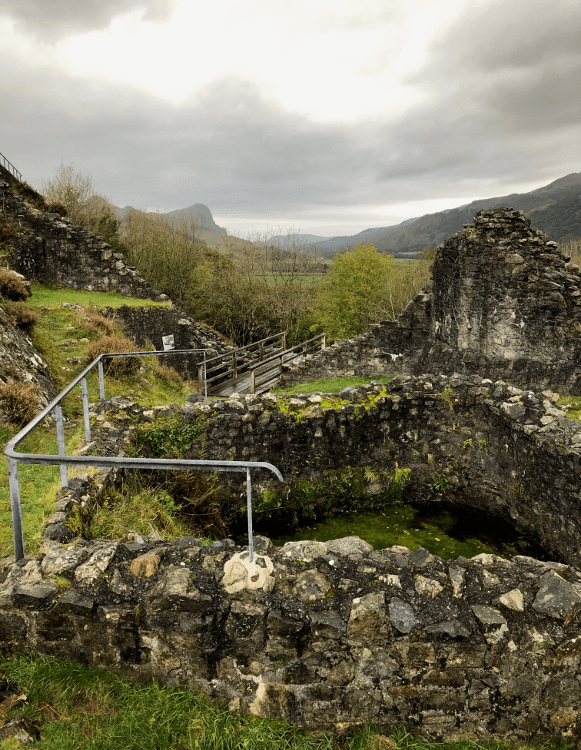
Castell y Bere is hidden atop a rocky outcrop that sits alone on the valley floor. Nothing can be seen of it on the winding walk climbing round the rocky keep. It is entered by the west gate, and immediately the ruins surround you. The large well at the entrance is home to some newts, which we always try to spot before just enjoying the stillness of being there.
Once a year, at the beginning of the school holidays, a family tradition has grown up of flying a kite from the fortress — these kites have progressed from cheap throwaways to rather fancy structures.
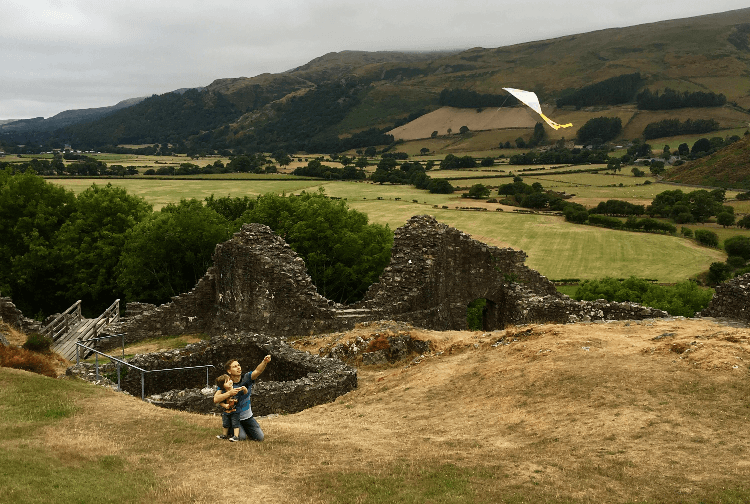
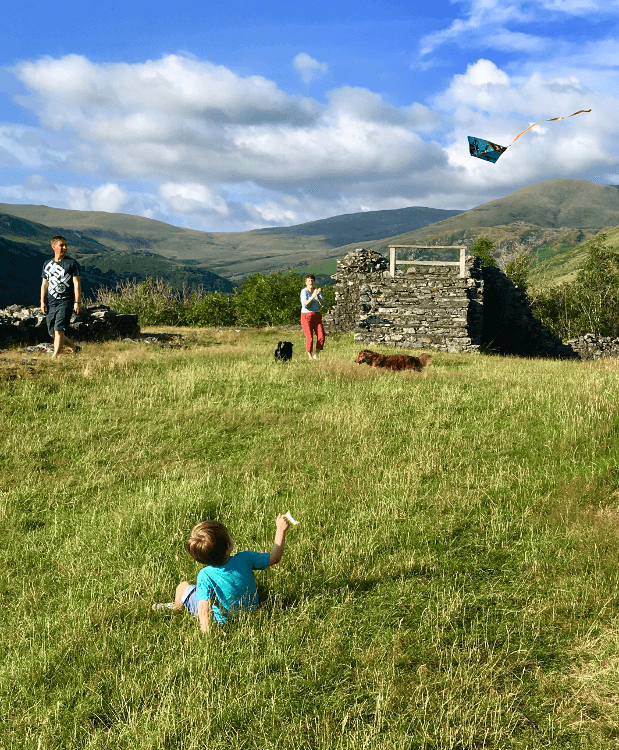
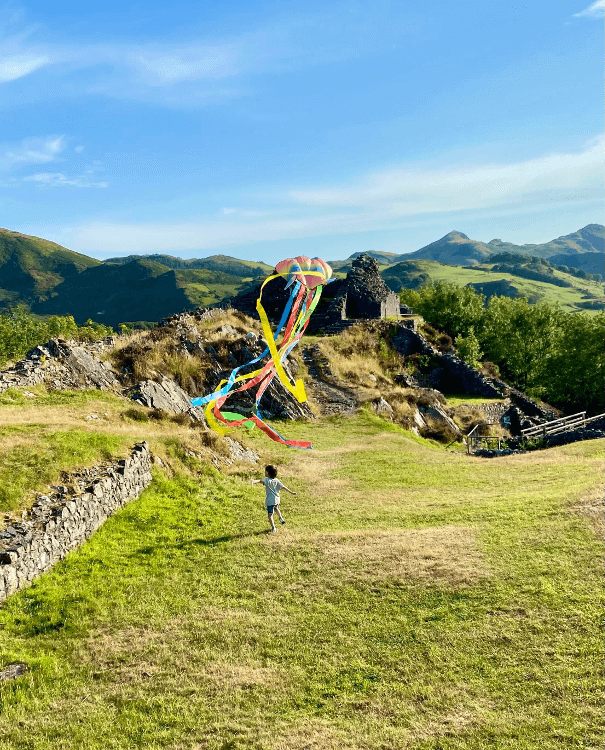
A short walk further into the foothills of Cader Idris brings you to the small church of St Mary’s, which was built at the same time as the castle. It has an intriguing leper’s window to enable these poor misfortunates to join in with a service without entering the church.
Inside is a 14ft model of the Dysinni Valley, this beautiful corner of mid-Wales, and a memorial to Mary Jones. In 1800, at the age of 15, Mary Jones walked barefoot from the valley to Bala as she wanted a bible. This act gave rise to the Bible Society in 1804.
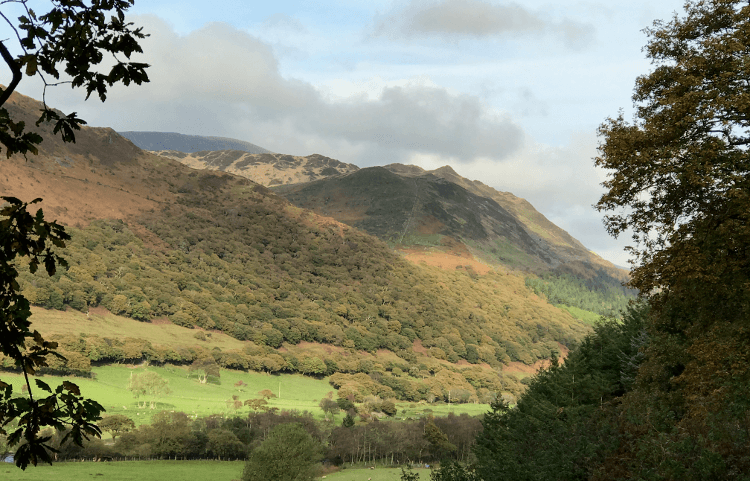
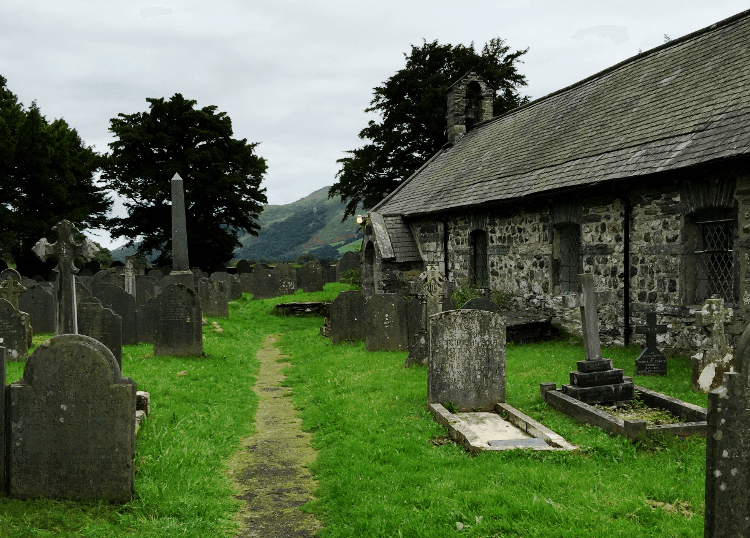
We then continue on a circuit back, following the clear waters of the river to the old mining village of Abergynolwyn. In this remote farmland of the Dysinni Valley can be found several watering holes for cattle. The holes are hewn out of the rock and a ring put in beside the hole to tether the animals.
Of course, the walk would not be complete without visiting a similar watering hole — The Railway Inn in the village — to finish off the day.
